Construction and Opening
SouthPark Mall opened on February 27, 1974, in Moline, Illinois. General Growth Properties developed the mall, investing $12 million in its construction. The project took place on 47 acres of land that the company had purchased in 1966.
The mall's original anchor stores were Montgomery Ward, Petersen Harned Von Maur, and Younkers. These stores played a crucial role in attracting shoppers from the surrounding areas, including the broader Quad Cities region.
SouthPark Mall quickly became a central hub for retail in Moline, offering a variety of stores and services. Its strategic location at the intersection of Interstate 74 and Illinois Route 5 (John Deere Road) helped to draw significant traffic from both residents and travelers passing through the area.
By focusing on commercial expansion in the 1970s, SouthPark Mall positioned itself as a key player in the local retail market.
The mall's early years were marked by strong sales and a steady influx of customers, establishing it as a go-to destination for shopping in the region.
Early Expansion
In 1978, SouthPark Mall expanded by adding a new anchor, JCPenney. This move brought more shoppers to the mall, reinforcing its role as a retail center in Moline.
The addition of JCPenney followed the success of the mall's initial lineup of anchors, which had already established a steady flow of customers.
The mall saw another expansion in 1990, which included the construction of a Sears store and a food court. Sears, a well-known retail name, brought in more foot traffic, further boosting the mall's popularity.
The food court provided shoppers with a new dining option, making it a convenient place to spend more time during visits.
During these years, the mall attracted a variety of stores, both national chains and local businesses. It became a destination for shopping, dining, and spending time with family and friends.
The additions of JCPenney and Sears, along with the food court, made SouthPark Mall a more attractive and versatile shopping destination.
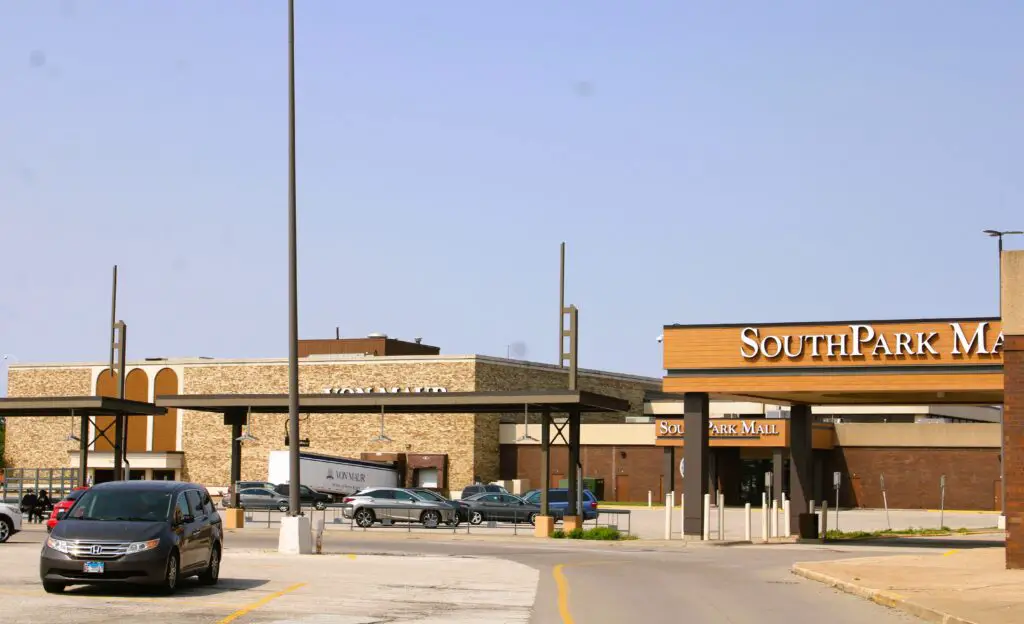
Decline in the 21st Century
The early 2000s marked the beginning of SouthPark Mall's decline. In 2001, Montgomery Ward, one of the original anchors, closed its doors after the company went out of business.
The space it left behind stayed vacant for three years, a stark contrast to the mall's bustling earlier years.
In 2004, Dillard's moved into the former Montgomery Ward space, rebuilding it to fit the department store's needs. Although this brought some life back to that part of the mall, the overall trend was one of decreasing foot traffic and store closures.
The mall began losing many of its national retailers as they moved to other locations, particularly NorthPark Mall in Davenport, Iowa.
This store journey reflected broader challenges faced by malls across the country as shopping habits shifted and online retail grew.
By the late 2000s, SouthPark Mall was struggling to maintain its status as a leading shopping destination in the Quad Cities. The once-busy corridors now saw fewer shoppers, and the mall's future looked increasingly uncertain.
Store Closures and Shifts
In the mid-2010s, SouthPark Mall faced more challenges as national retailers continued to leave. In 2006, Old Navy moved into the space once occupied by Walgreens, but it didn't last long.
By May 2013, Old Navy closed its doors at SouthPark due to declining sales in the Quad Cities area. This closure was a clear sign that the mall was losing its appeal to large retailers.
Sears, another anchor store that had been part of the mall since 1990, also shut down in October 2013. Sears closed as part of a nationwide effort to reduce costs.
This left SouthPark Mall with only four anchors, further decreasing its draw for shoppers who had once relied on it for a diverse shopping experience.
The city of Moline recognized the mall's struggles and approved a Tax Increment Financing (TIF) district for the area in September 2013. This move was intended to encourage redevelopment and breathe new life into the mall.
However, the steady departure of well-known stores indicated that even with financial incentives, SouthPark was in a difficult position.
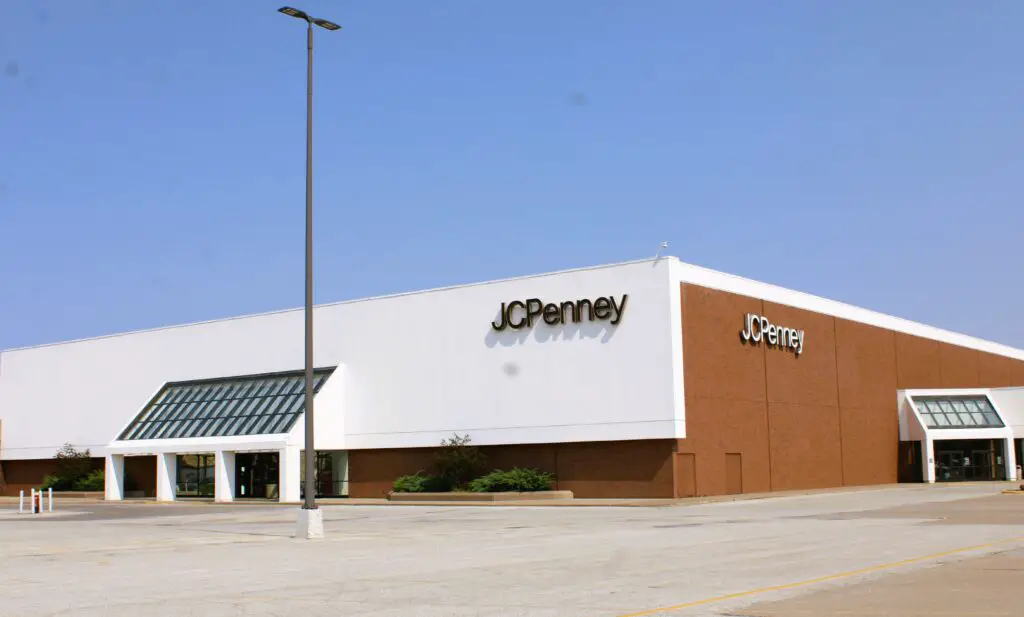
Redevelopment Efforts
In response to the challenges, Macerich, the mall's owner, initiated a two-phase redevelopment plan in 2014. The plan aimed to modernize the mall and make it more appealing to both retailers and shoppers.
The first phase began in April 2014, focusing on the demolition of the Sears store and the food court area that had been part of the 1990 expansion.
By November 2014, the main concourse of the mall had been renovated. The new design sought to create a more inviting atmosphere. In the space where Sears once stood, Dick's Sporting Goods opened, bringing a new kind of anchor to the mall in 2015.
Macerich didn't stop at interior renovations. They also invested in the exterior of the property. In 2015, the company worked on landscaping around the mall and repaved the parking lots and bridges leading into the shopping center.
These improvements aimed to create a better first impression for visitors, but the broader retail trends were difficult to counter.
Despite these efforts, the redevelopment couldn't fully reverse the mall's fortunes. The renovations brought some new stores, but they couldn't recreate the bustling activity of SouthPark's earlier years.
The mall's ability to attract and retain big-name retailers continued to wane, reflecting the broader struggles of many traditional shopping malls in the face of changing consumer habits.
On April 18, 2018, Younkers announced it would close as its parent company, Bon-Ton Stores, went out of business. The Younkers store officially shut its doors on August 29, 2018, leaving another anchor spot vacant and further diminishing the mall's draw.
Latest Developments (2023-2024)
In the last years, SouthPark Mall in Moline, IL, has continued to struggle with new developments that are raising concerns about its future.
On November 9, 2023, the Moline City Council made a crucial decision to dissolve the special tax allocation for the SouthPark Mall redevelopment project area.
This tax increment financing (TIF) district, initially set up to encourage redevelopment and attract new businesses, was no longer deemed effective.
The council's decision reflects ongoing challenges in revitalizing the mall, which has seen a steady decline in foot traffic and store occupancy over recent years.
Local business owners have voiced their concerns about the mall's future, emphasizing the need for substantial redevelopment if SouthPark is to survive.
Many point out that without the TIF incentives, it will be even harder to attract new tenants or invest in necessary improvements.
The mall's current state, with many vacant storefronts and a general decline in activity, has led some to refer to it as a "zombie mall," a term used to describe malls that are largely empty and failing to thrive.

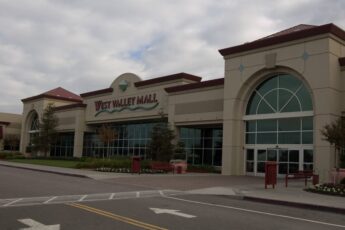
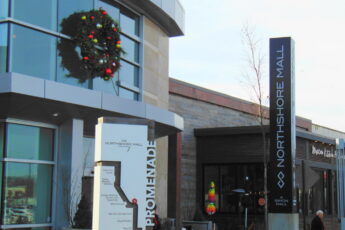
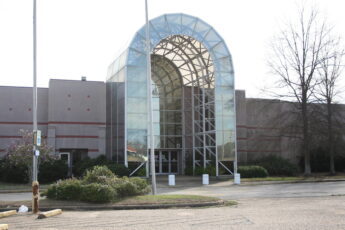
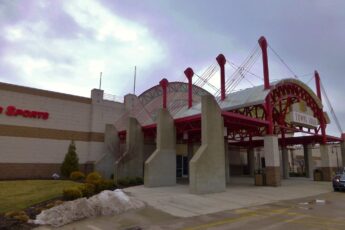
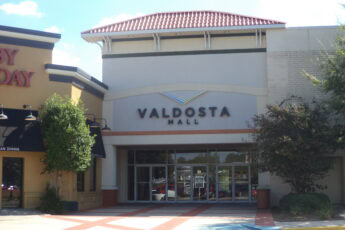
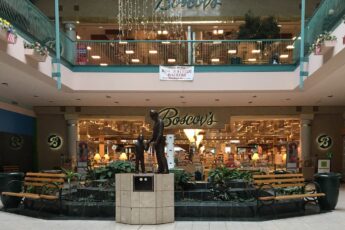


ut is sad that local stires are facing such hardships. brought on by online retailers its existance is no longer viavle. with a Mall closing we lose another important feature ..community. As we sit in our recliners and order from the likes of Amazon and others we are losing out ability to invest in friendships and comradery that we get at gatherings such as the mall. We lose the human, personal experience.
You're so right. While online shopping may be convenient, it can't replace the sense of connection you get from going to the mall. Thanks for voicing this!